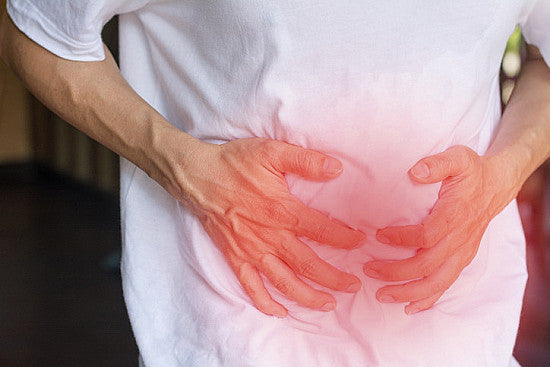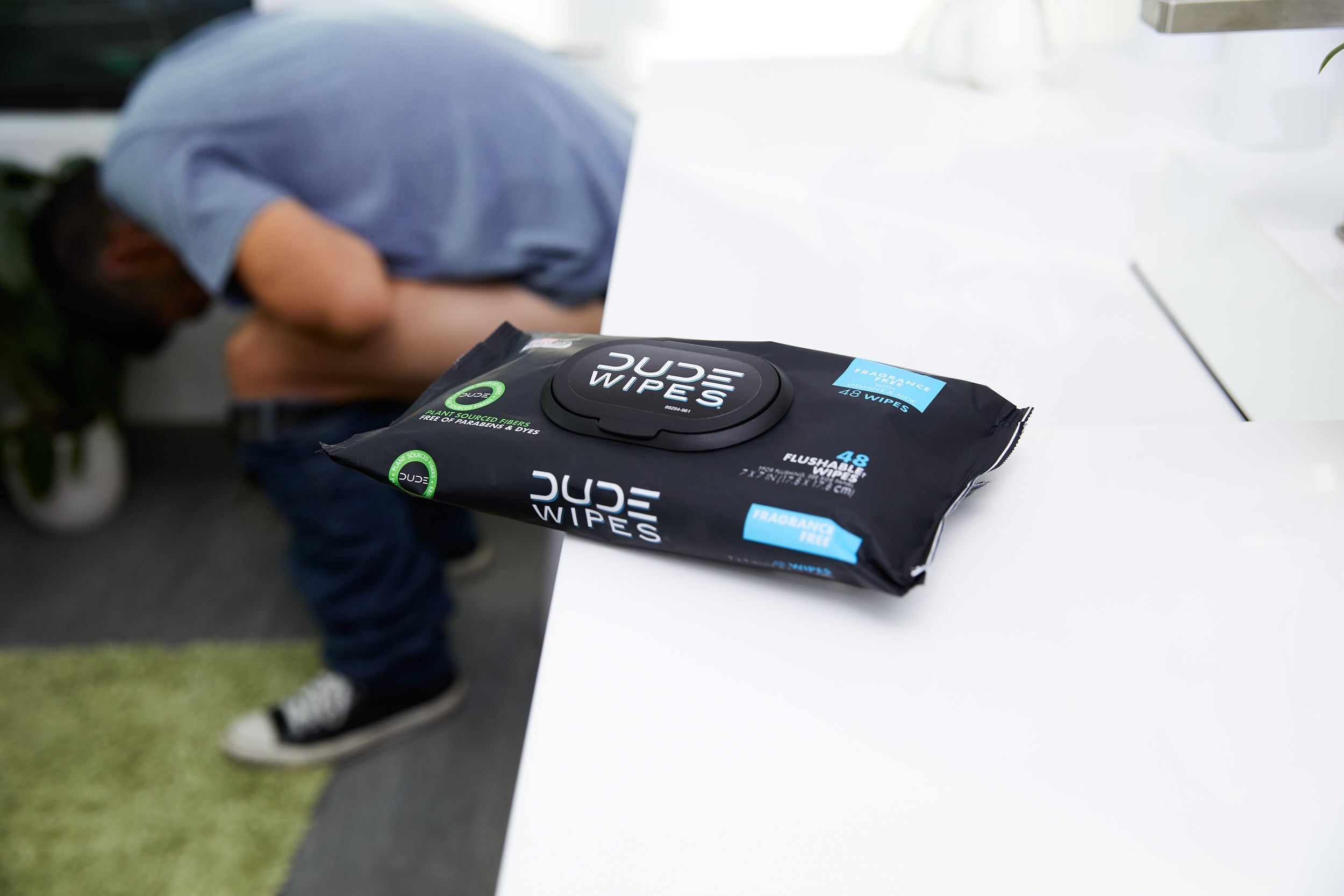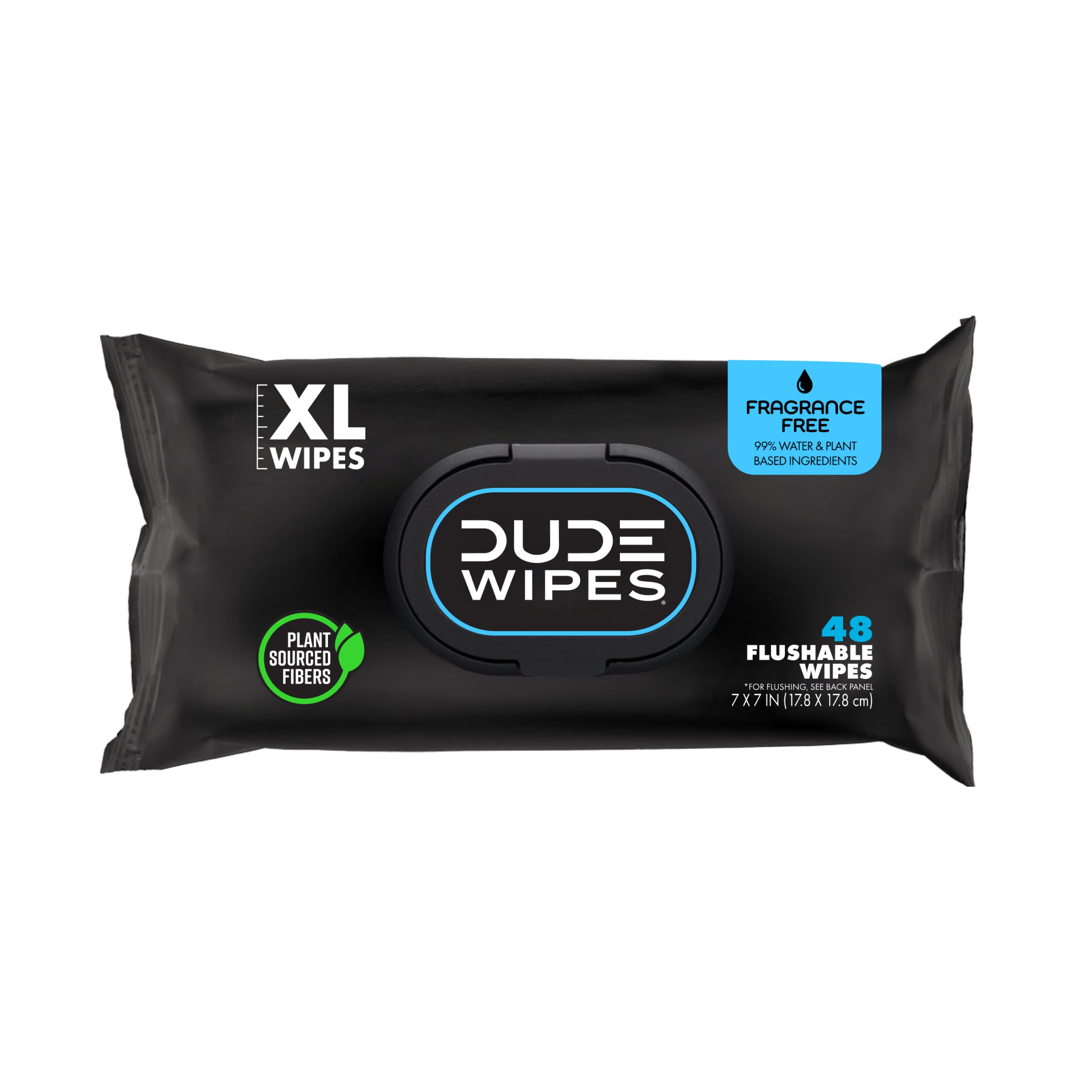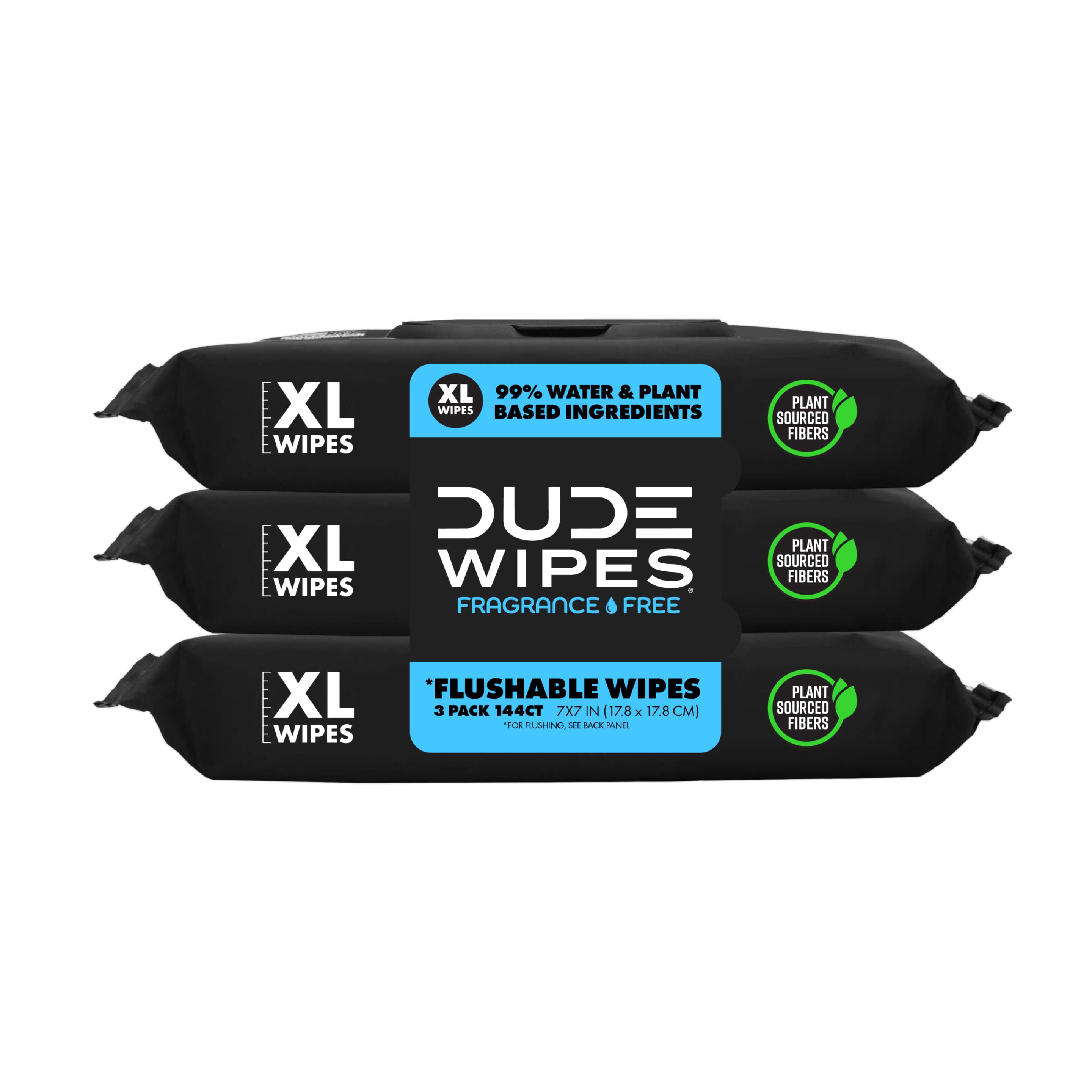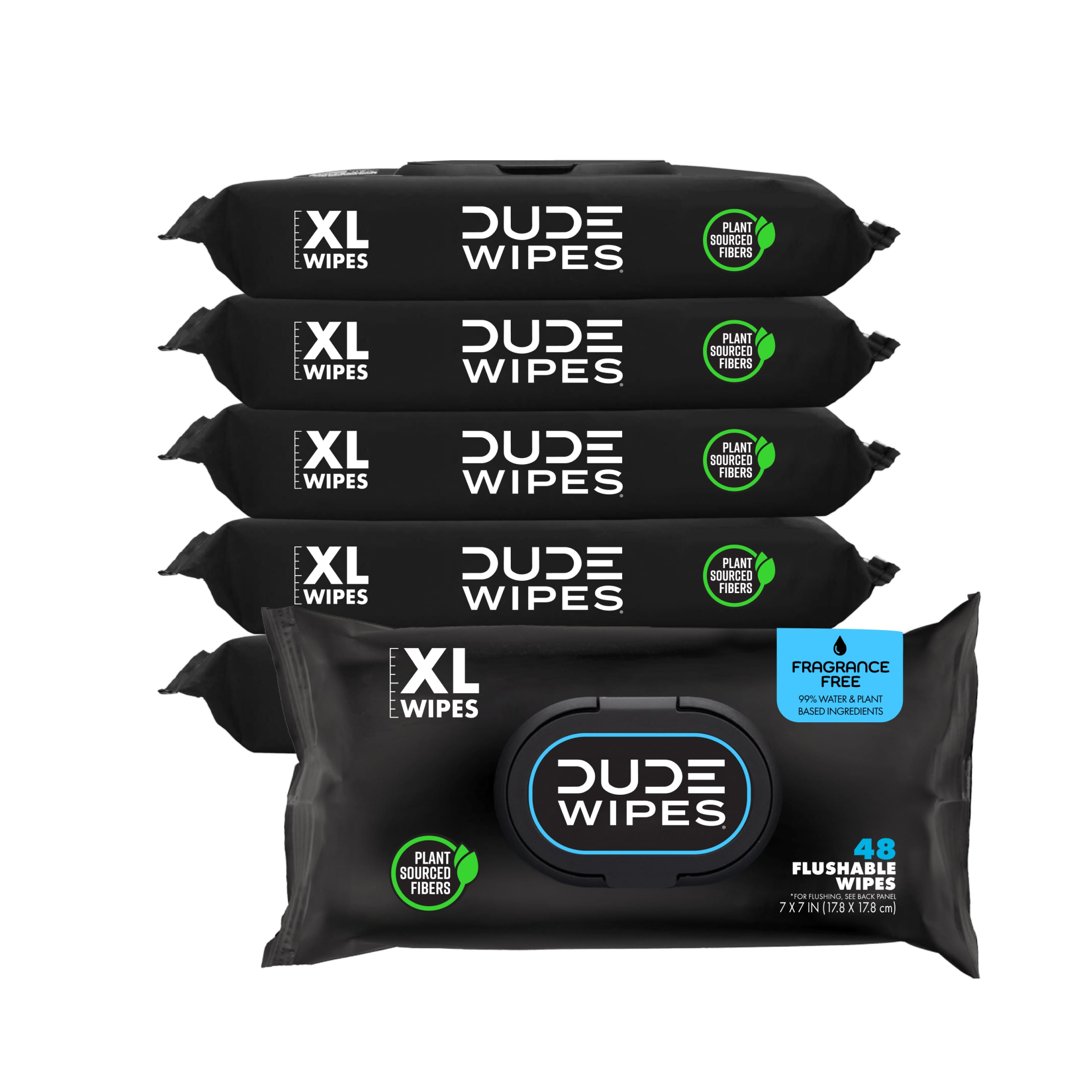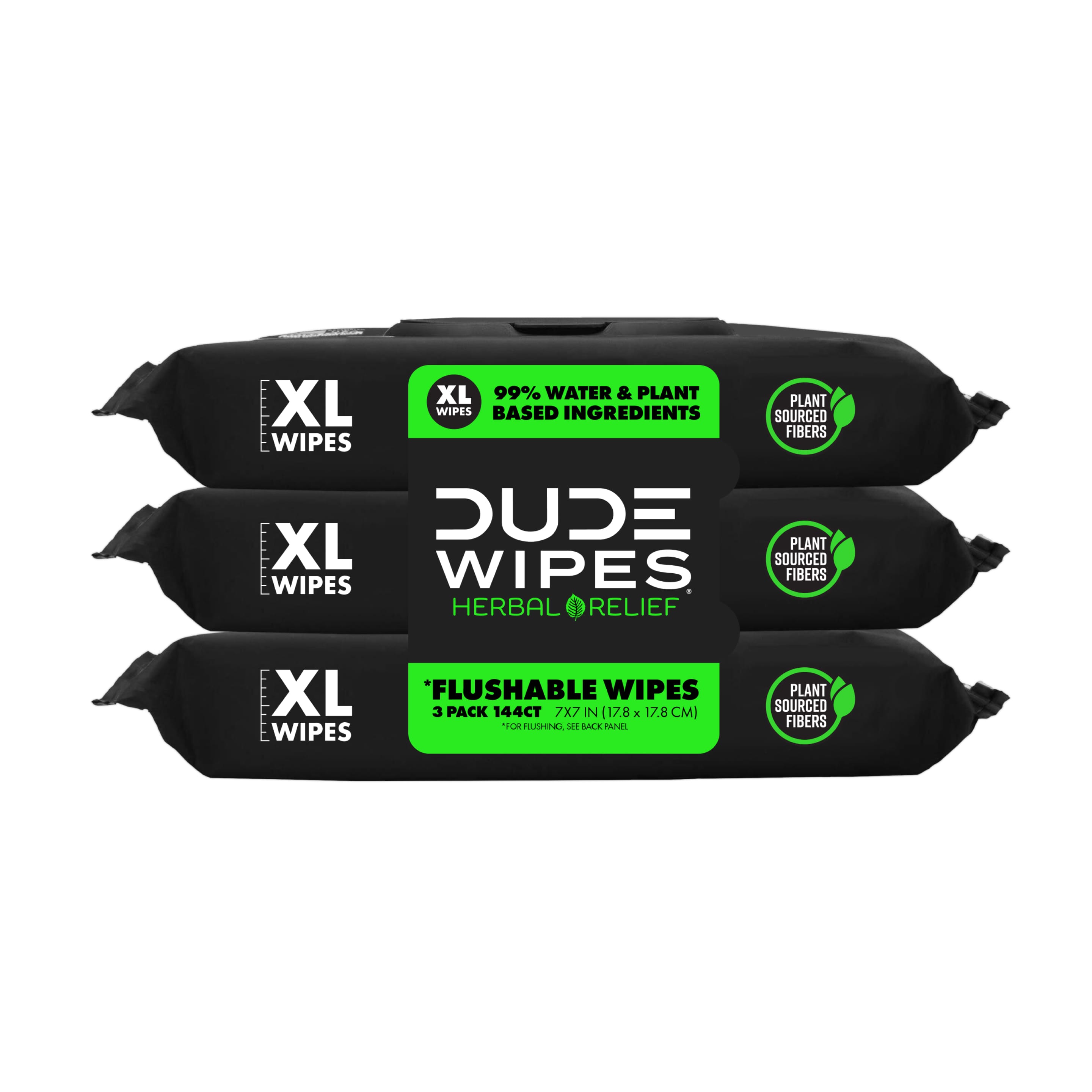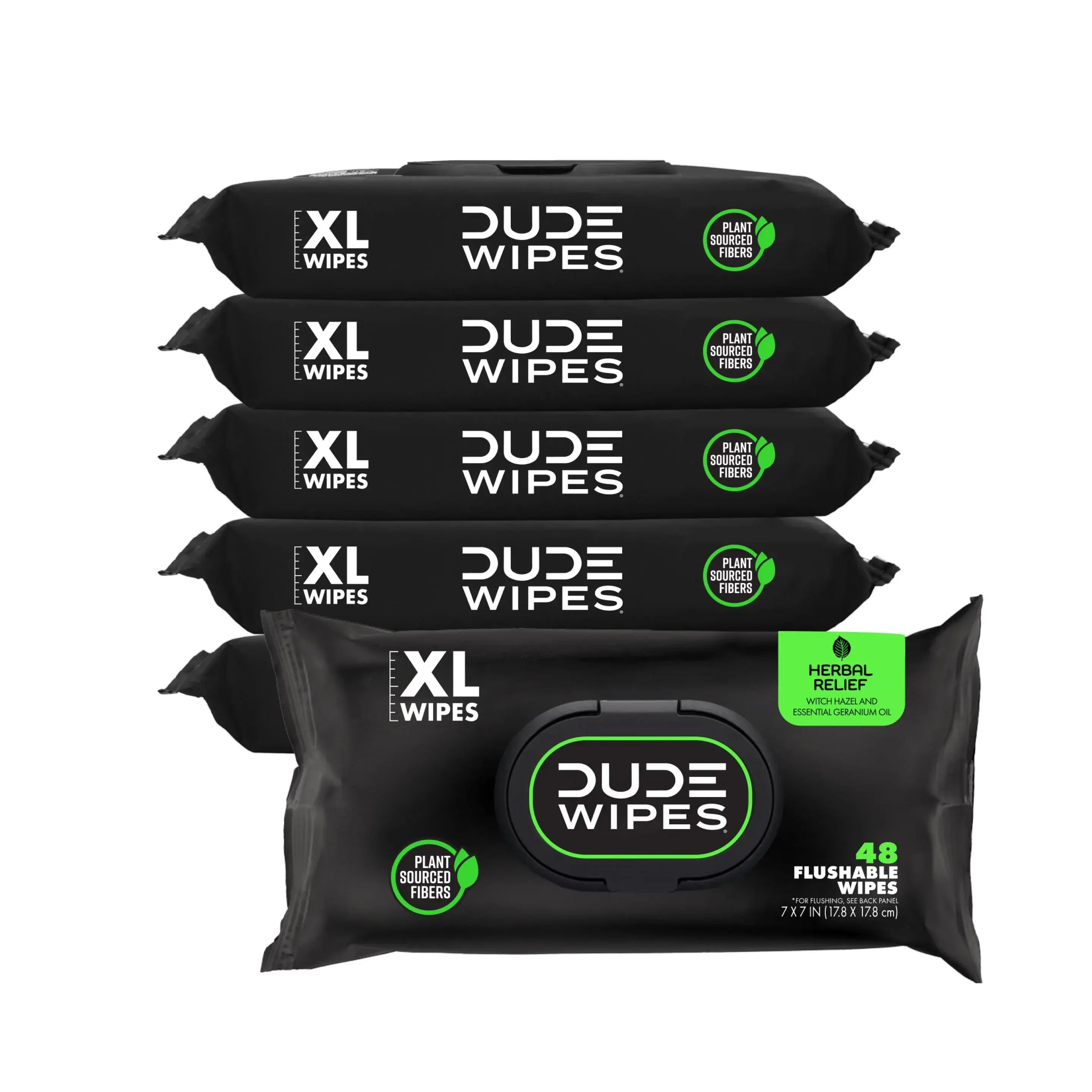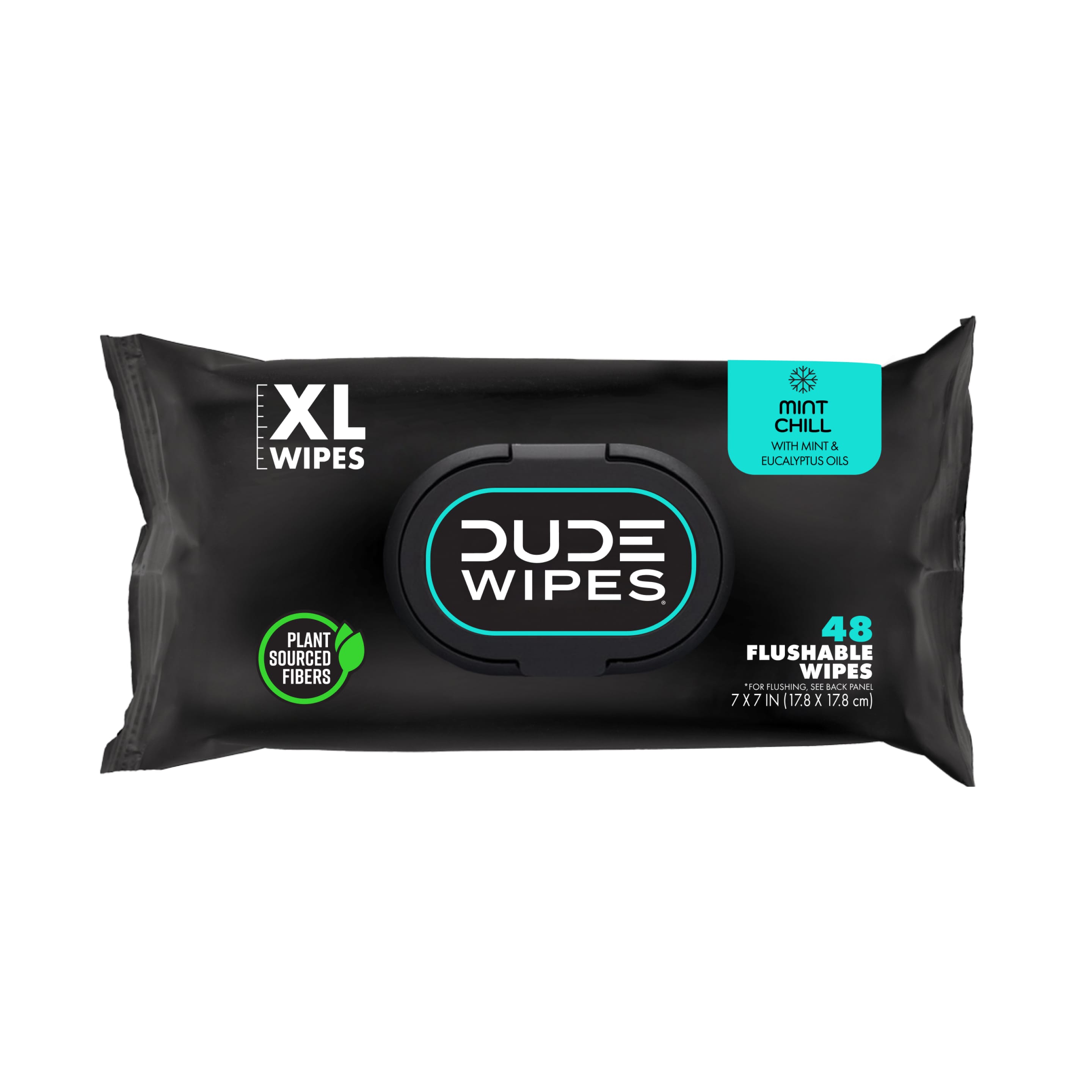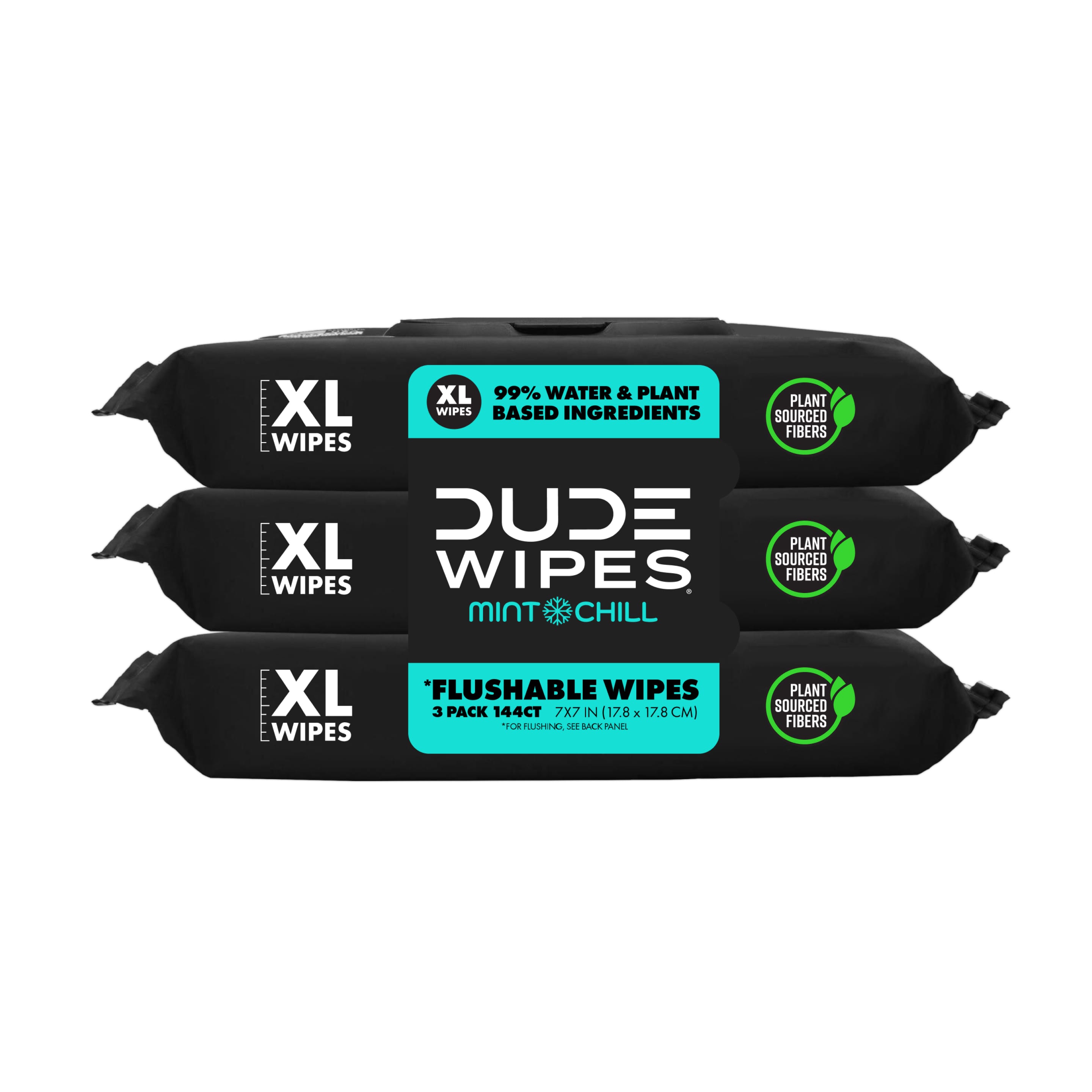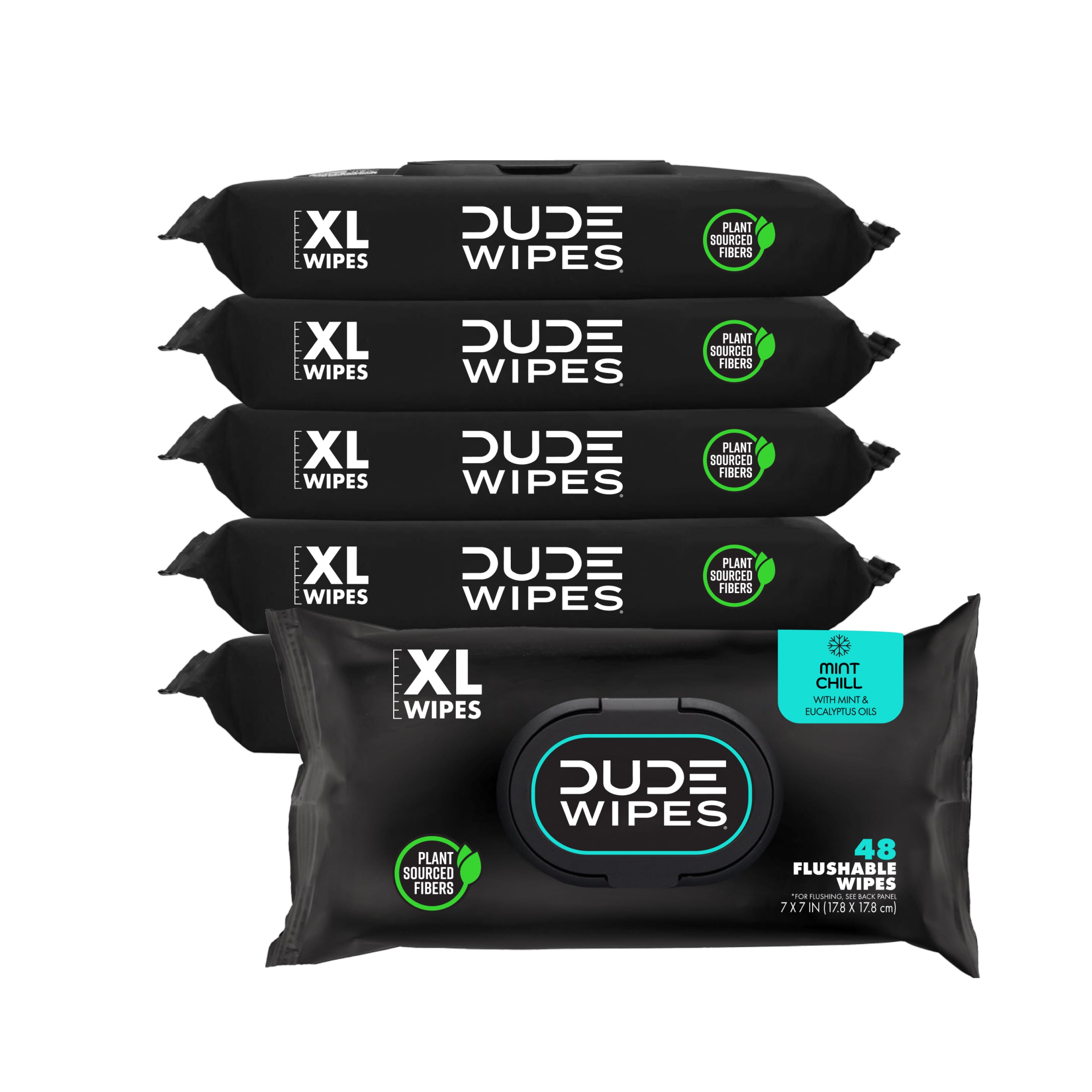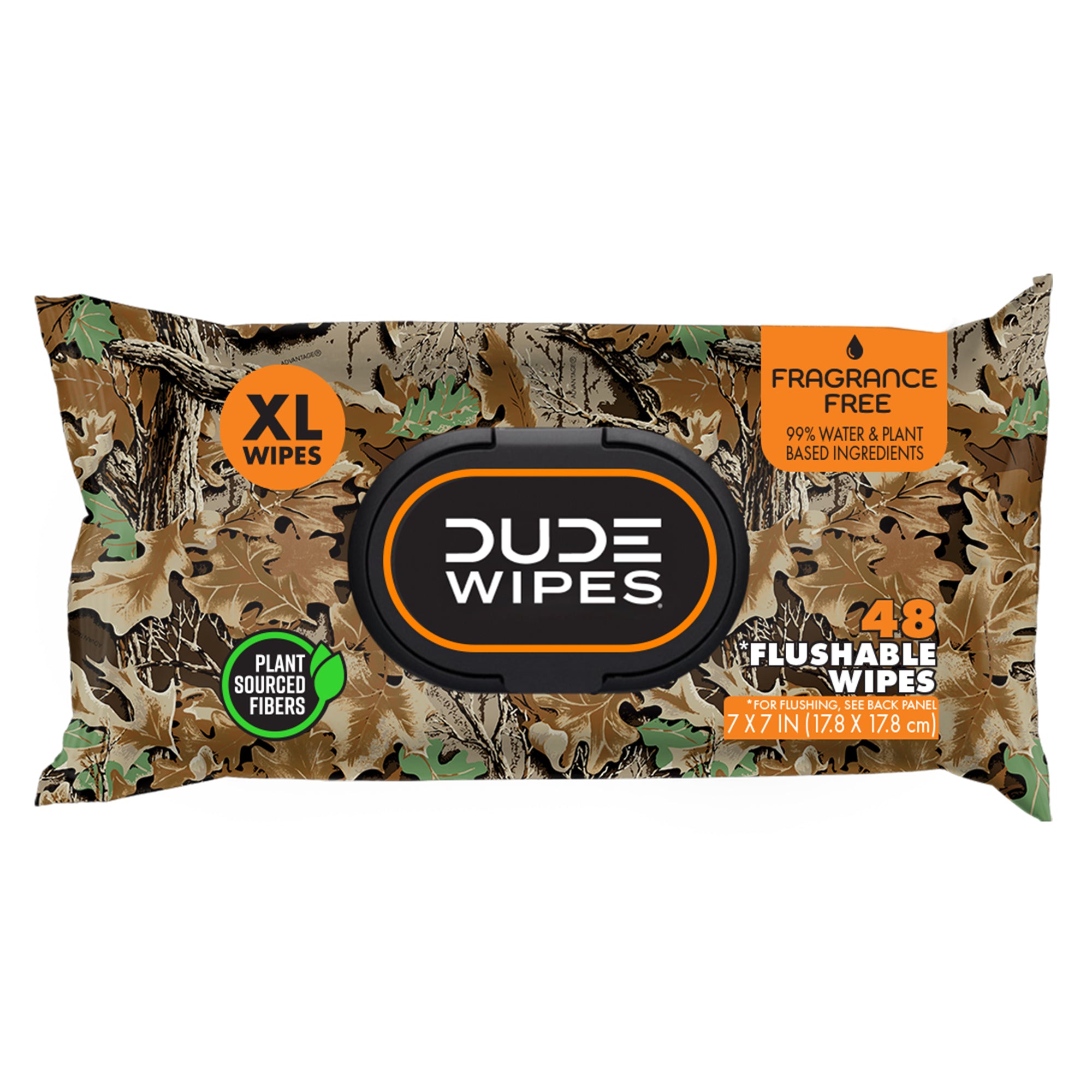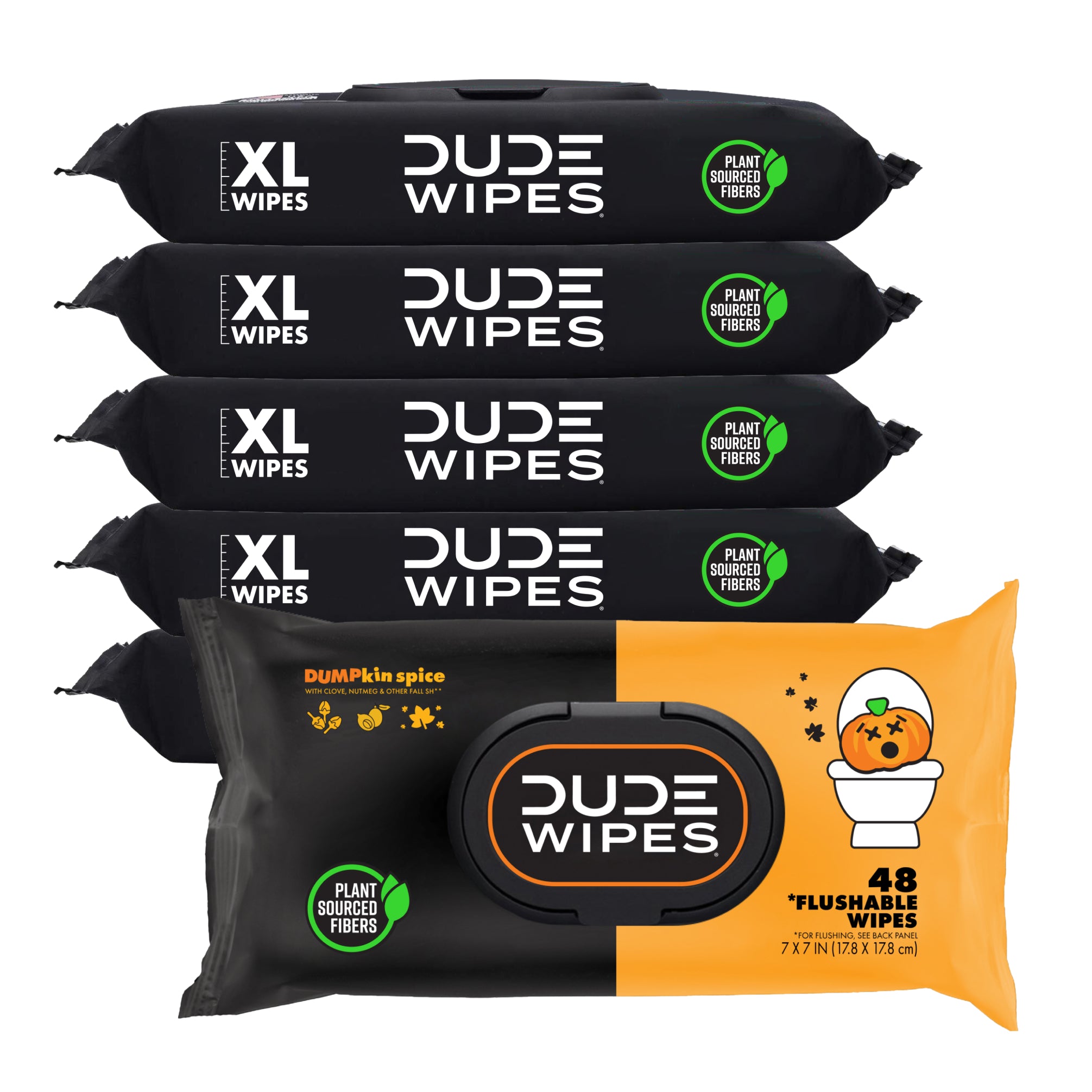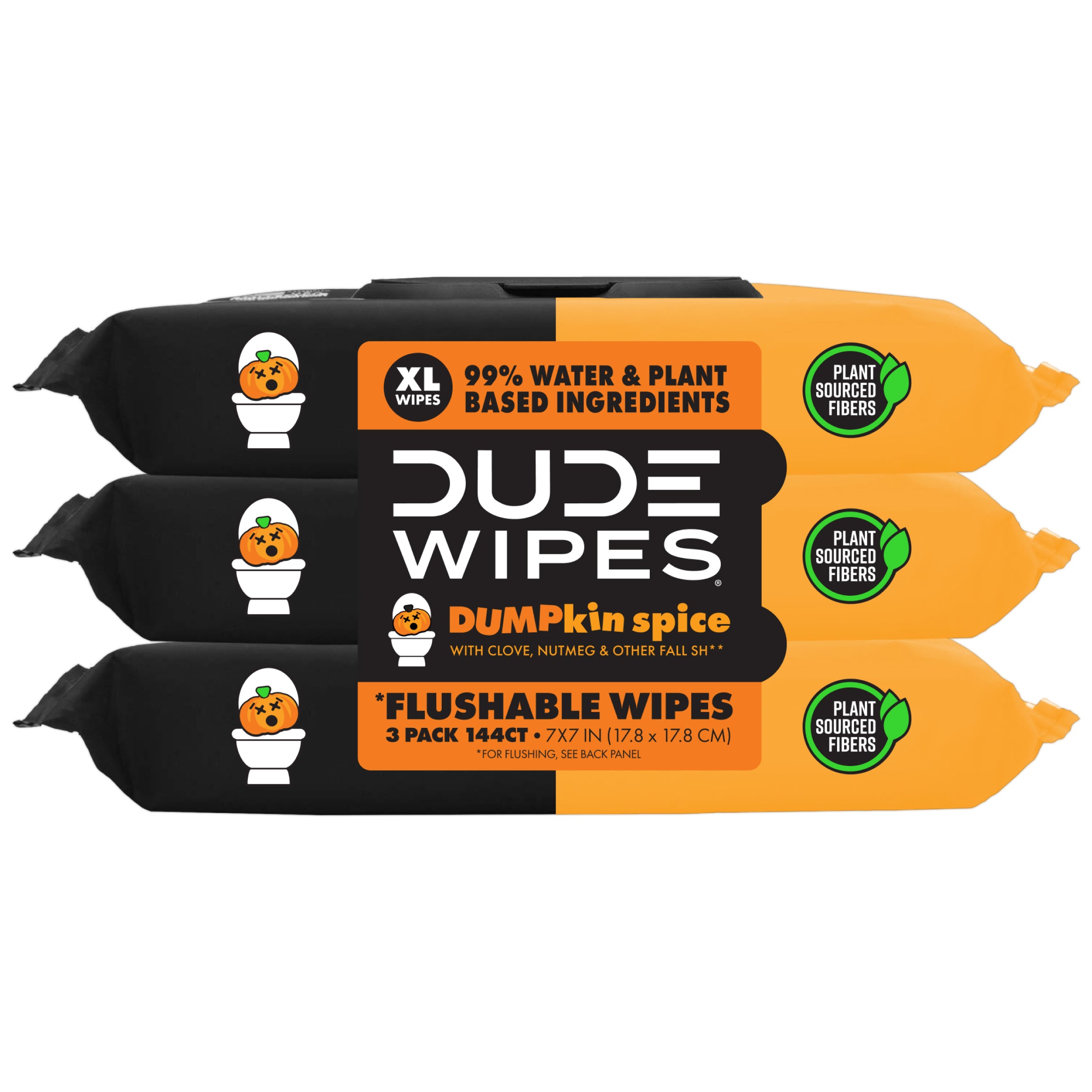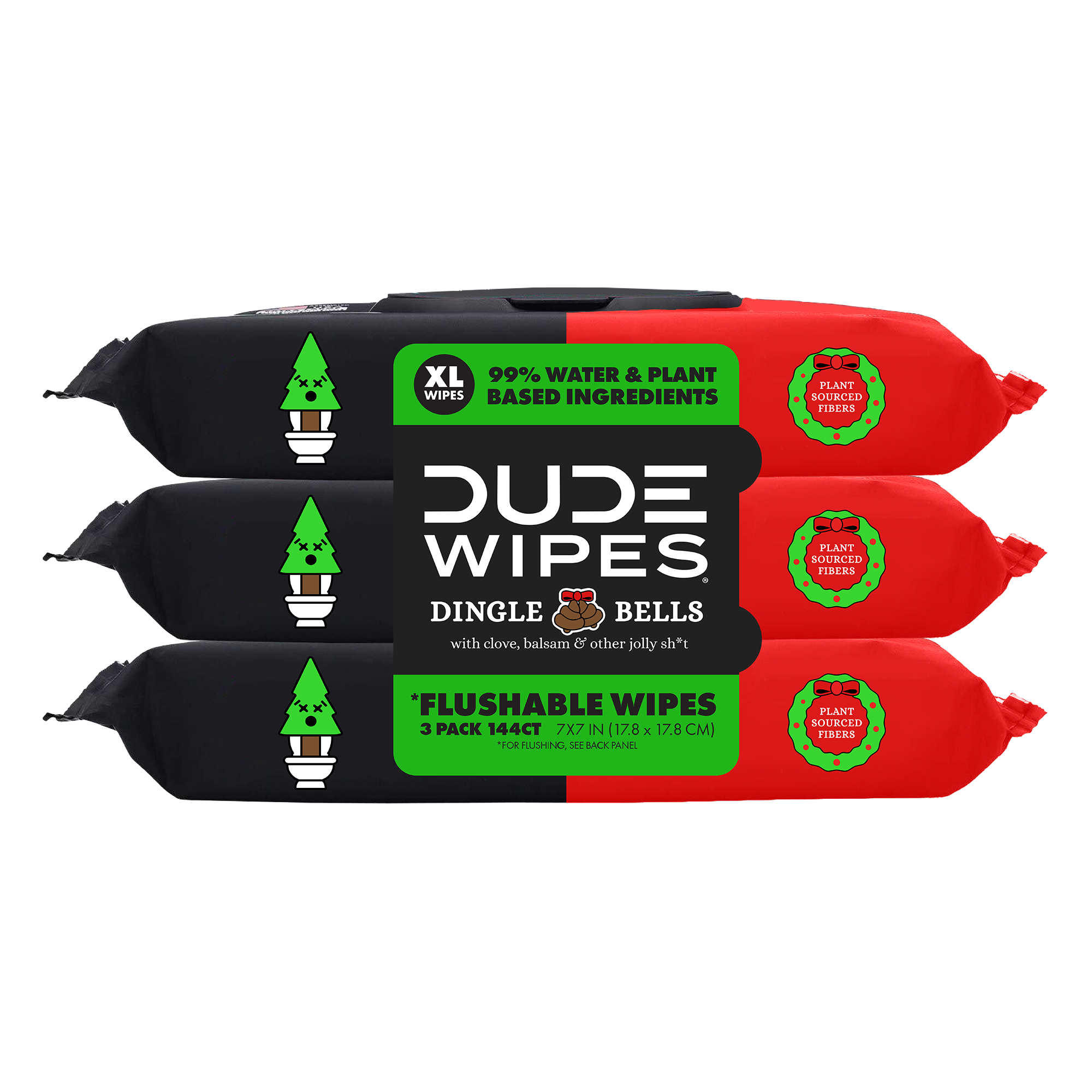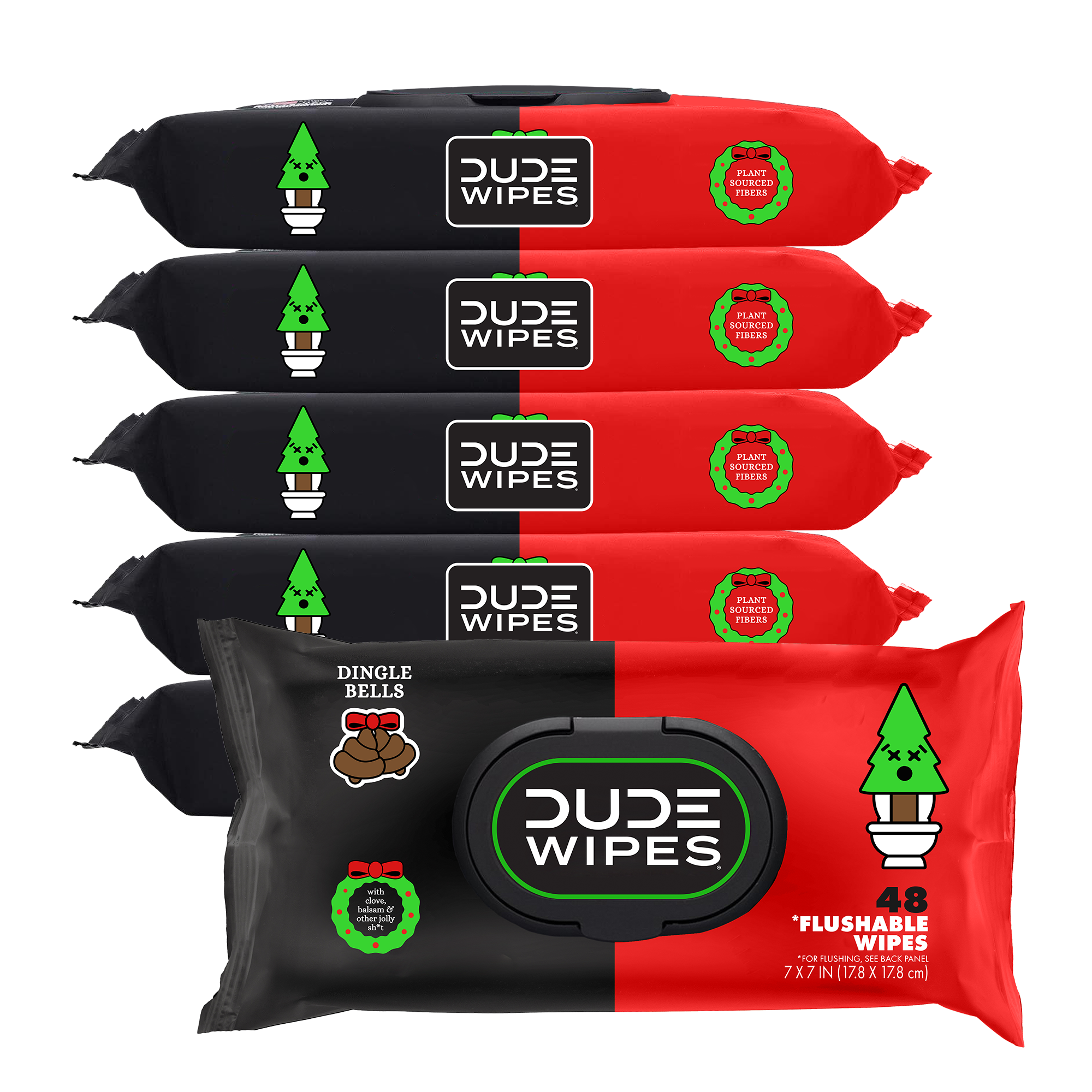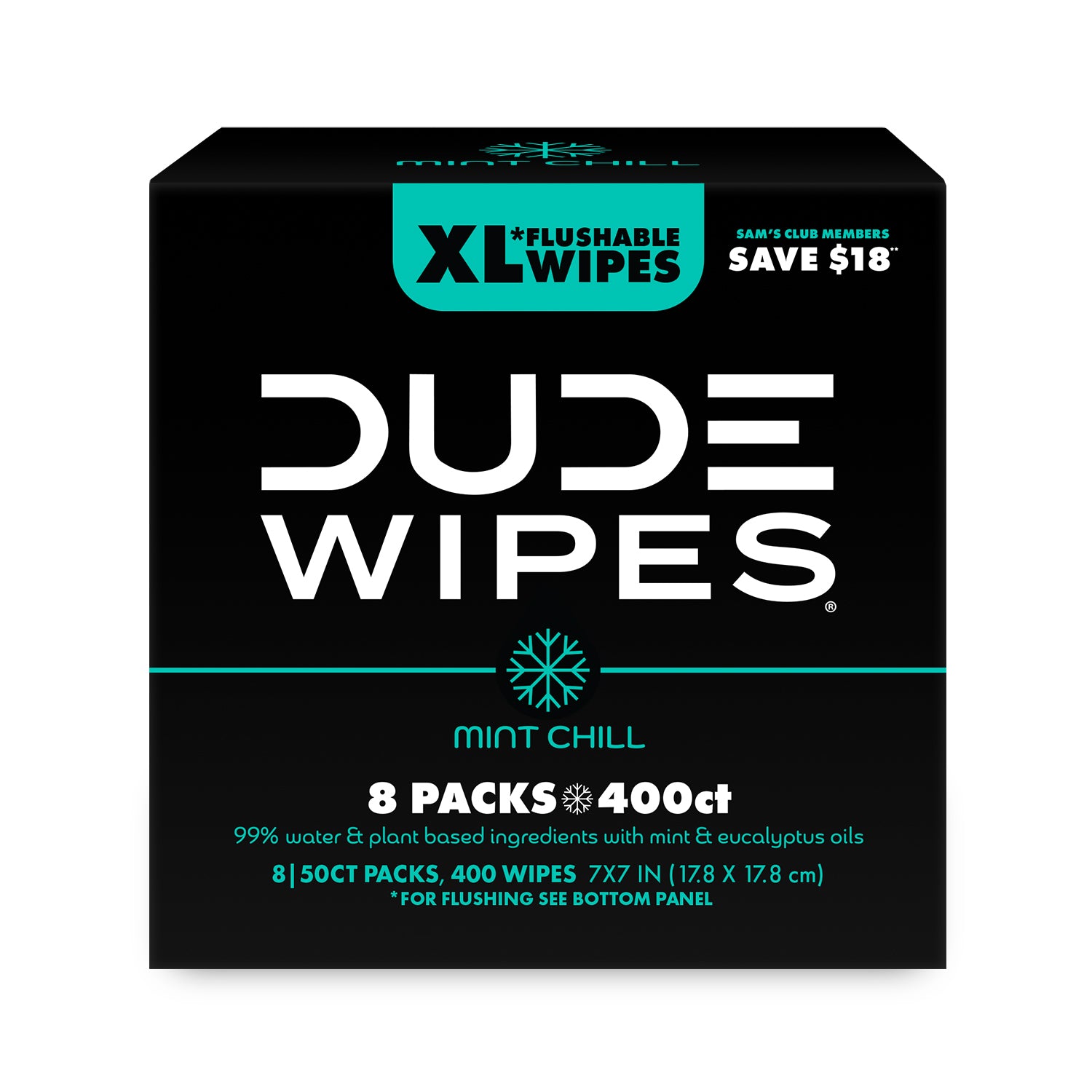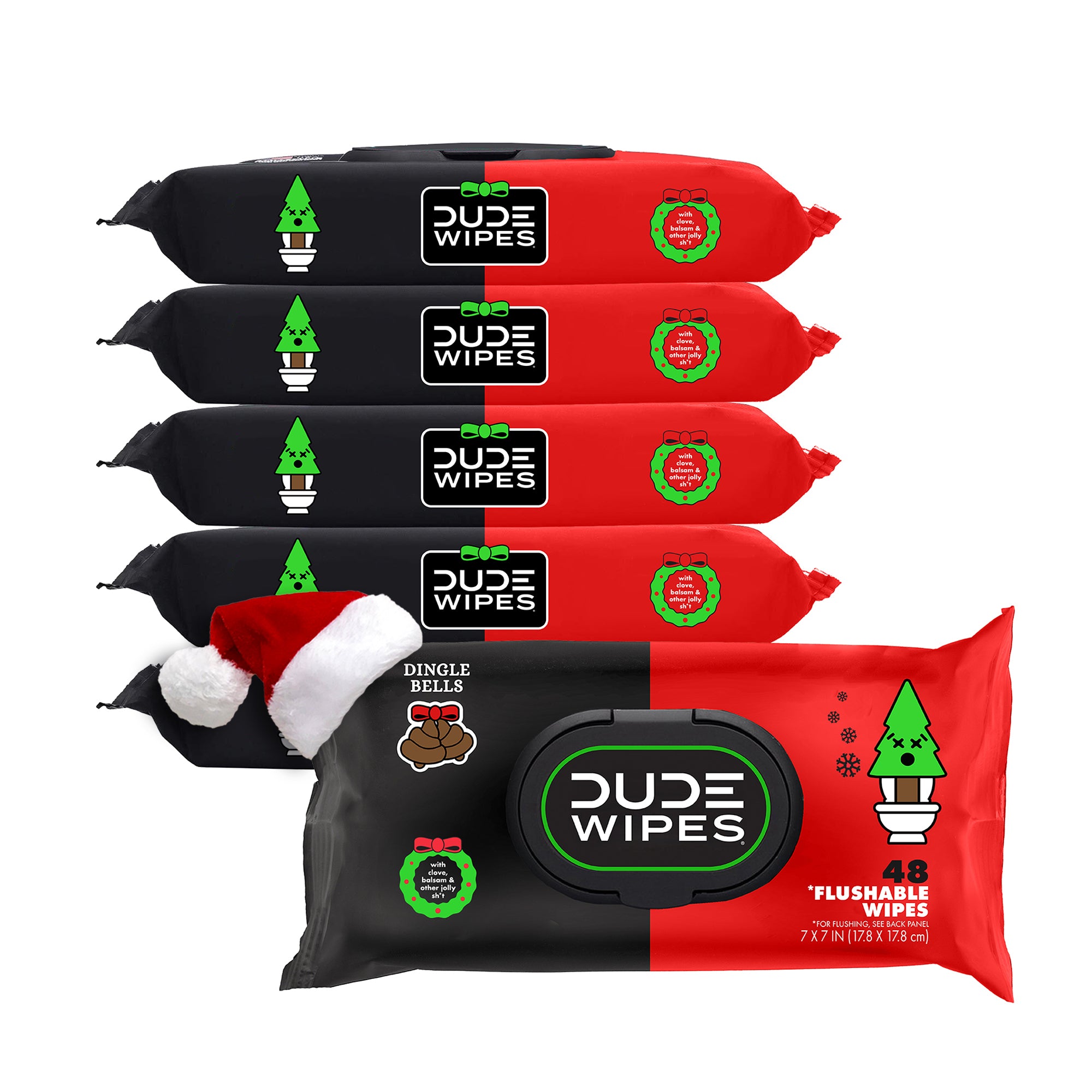We’ve made countless poop jokes since launching DUDE Wipes in our apartment. But for folks living with Crohn’s disease, bowel movements are no laughing matter.
In case you missed it, we teamed up with the Crohn’s & Colitis Foundation to support people living with these conditions. As part of our partnership, we’re dropping some knowledge about gut health here on the DUDE Blog.
Today’s topic: Crohn’s disease poop
Crohn’s disease is a form of inflammatory bowel disease (IBD) that causes chronic inflammation in the digestive tract, usually in the small intestine or the beginning of the large intestine. This can lead to abdominal pain, cramping, malnutrition, weight loss—and weird changes in your poop.
In this article, we’ll cover the different ways Crohn’s disease can take a toll on your number twos and share tips to make pooping a more pleasant experience.
Can a Stool Sample Detect Crohn’s Disease?
Your poop says a lot about your health. But unfortunately, a stool test alone isn’t enough to tell if you have Crohn’s disease.
Doctors may examine your poop as part of a comprehensive physical exam to rule out other digestive diseases like ulcerative colitis or colon cancer. However, the most accurate method for diagnosing Crohn’s disease is an intestinal endoscopy, which involves a tiny camera going up your rear.
There are a few types of endoscopies:
- Colonoscopy
- Upper GI endoscopy and enteroscopy
- Capsule endoscopy
What Does Crohn’s Disease Poop Look Like?
There isn’t one specific characteristic of Crohn’s poop that will stand out when you look at it in the toilet. That’s why stool samples are pretty unreliable for diagnosing the condition.
Crohn’s disease causes inflammation and ulcers in your intestinal wall, which can change the appearance of your poop. This can vary from person to person, but here are some common signs:
- Yellow or clear mucus in your poop
- Bloody poop
- Loose or watery poop (AKA diarrhea)
- Abnormally clumpy poop
Can Crohn’s Disease Change Your Poop Color?
Crohn’s disease can turn your poop into an assortment of different colors.
One of the most common Crohn’s disease symptoms is yellow poop, which comes from excess mucus production in your gastrointestinal tract. Small amounts of mucus in your poop is normal, but during a Crohn’s disease flare-up, the immune system churns out extra mucus, which ends up in your butt.
Crohn’s disease poops can also resemble the color of the food you ate, whether it was green, orange, or blue. This is because of malabsorption, which is a fancy way of saying your digestive system isn’t fully absorbing all of the food you eat—so it goes out looking similar to the way it came in.
Crohn’s disease may also lead to anal fissures, skin tags, abscesses, and fistulas that leave traces of bright red blood in your poop. If your stool is dark red or black, that could indicate a serious problem in your upper GI tract that warrants medical attention ASAP.
Does Crohn’s Disease Poop Smell Worse?
Everyone’s poop smells like sh*t—literally. However, if your bowel movements smell unbearably bad all the time, it could be a sign of Crohn’s disease.
Inflammatory bowel disease like Crohn’s may produce excess sulfur (which smells like rotten eggs) in the digestive system. In addition to causing cramps and the sudden urge to go, the extra sulfur makes poop smell worse than normal.
People with Crohn’s might also have trouble digesting food, which makes the gut produce bacteria as the food works its way to the colon. That bacteria is a common culprit of stank.
Does Crohn’s Disease Make You Poop More?
Yes—one of the most common symptoms of Crohn’s disease is having to poop a lot, especially during a flare-up. We’re talking multiple times a day. The urge to defecate can come out of nowhere or right after you eat, and the poop is usually loose or watery.
On the flip side, other people with Crohn’s experience constipation. When the poop finally comes out, it’s dry, hard, and pebbly. You may also have the sensation that your bowel movements are incomplete.
Bottom line: Crohn’s is notorious for throwing off people’s poop schedules.
3 Tips to Manage Crohn’s Poop
Pooping with Crohn’s disease can literally be a pain in the butt. There isn’t a cure for this condition, but we picked up some helpful tips from the Crohn’s & Colitis Foundation to manage the symptoms.
Talk to Your Doctor About Medications
Depending on the severity of your symptoms, your healthcare provider might prescribe medications like corticosteroids to reduce the inflammation in your GI tract.
Some people get relief from prebiotic and probiotic supplements, which are designed to regulate the healthy bacteria in your gut.
Just make sure you get in touch with a gastroenterologist instead of Dr. Google.
Watch What You Eat
Your diet plays a major part in managing Crohn’s disease. Avoiding trigger foods and sticking to ingredients that your stomach can tolerate will help you avoid a literal shit show in the bathroom.
Here are a few eating tips from the Crohn’s & Colitis foundation:
- Eat 4-6 small meals daily instead of binge-eating
- Stick to low-fiber fruits (like bananas and melon), cooked veggies, and lean protein
- Avoid dairy, artificial sweeteners, hot spices, and fatty foods
Ditch Toilet Paper
Living with Crohn’s disease often means spending a lot of time on the toilet. But wiping with dry toilet paper can irritate your rectum and even cause rectal bleeding. That’s why the Crohn’s and Colitis Foundation recommends flushable wipes to protect your rear.
Enter DUDE Wipes. Our wipes are up to 35% bigger than baby wipes, plus they’re infused with vitamin E and aloe to soothe your sensitive sides. Don’t take our word for it, though—we’ve wiped over a billion butts worldwide.
Better yet, upgrade to the DUDE Wiper 1000 bidet attachment and spritz your undercarriage with fresh water after every dump.
Crohn’s disease causes enough problems on its own—the last thing you need is a chapped rear to worsen those bathroom woes.

